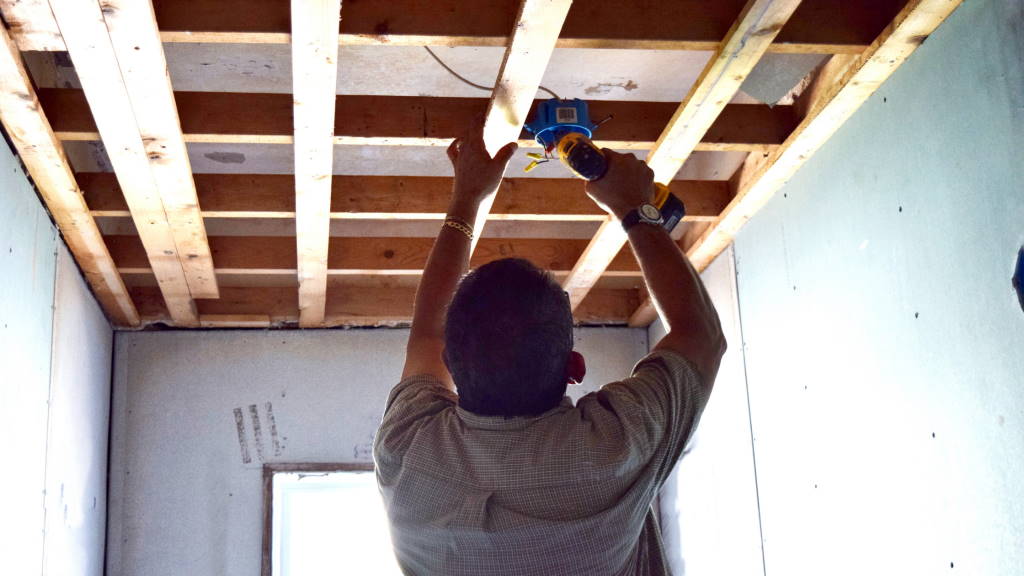2020 has been a tough financial year across the board for real estate, but there is one silver lining that is getting investors excited. The coronavirus has brought about some of the lowest historical mortgage rates, and this has resulted in a spike in the number of people that can afford homes. For house flippers, this paired with lower levels of housing inventory means that selling a flip will be easier as buyers jump back into the market.
Both experienced and inexperienced real estate investors can make good profits from this method of investing, but not every property will make a promising flip. It’s up to the house flipping investor to do research on all the aspects of home buying, from comparing property prices to vetting locations, contractors, and more. The importance of buying the right house cannot be understated – house flippers spend significant amounts of time and money on their projects and to have it lead to only a small gain or none at all is a hard blow.
The objective for house flippers is always to maximize their profits from the very start while reducing the risk factors as much as possible. Buying the right house to flip will be the deciding factor in how much the investor will earn. For this reason, we’ve put together this expert guide to picking the right house to flip and everything you’ll need in order to be successful:
Table of Contents
What Is House Flipping?
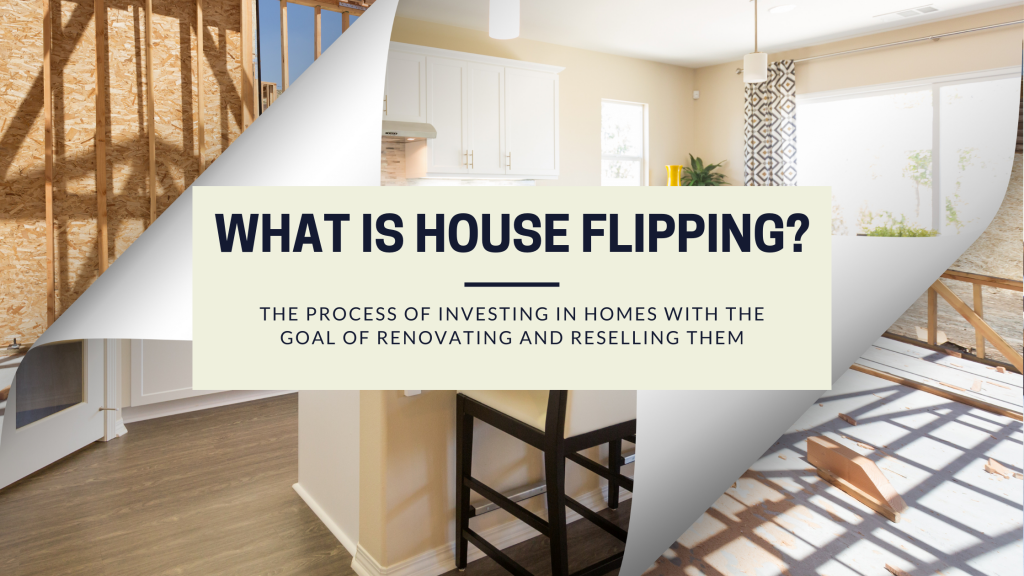
For those that are new to house flipping, this is a type of real estate investing in which the investor purchases a home with the goal of renovating and reselling it for a profit. What makes this different from other types of home buying is the speed at which the home is rehabbed and sold. Typical house flipping timelines range from just a few months to a year for residential properties.
During the first half of 2020, the average profits made from house flips came to around $62,000, on parr with the numbers reported in 2019. This number does however vary slightly depending on the location of the property, with some markets either under or over-performing.
The best flips are homes that are undervalued but located in a neighborhood that is in high demand. This ensures that the investor will be able to sell the property for good profits once it has been completed and is ready to be sold. But how do house flippers buy these homes? Do they use their own money?
The answer to this question is both yes and no. The majority of house flips are funded by specialized lenders that offer asset-based loans. This means that the loan is granted on the basis that the property acts as collateral should the investor be unable to repay their loan. These lenders will typically finance the majority of the property’s purchase price, with the caveat that the investor will need to put some money in as a down payment. That way, both parties have a stake in the success of the flip.
Other than the purchase price of the property, there are several factors that lenders take into account prior to granting a loan. We’ll cover the requirements for flipping houses and getting funding below:
Requirements For Flipping Houses
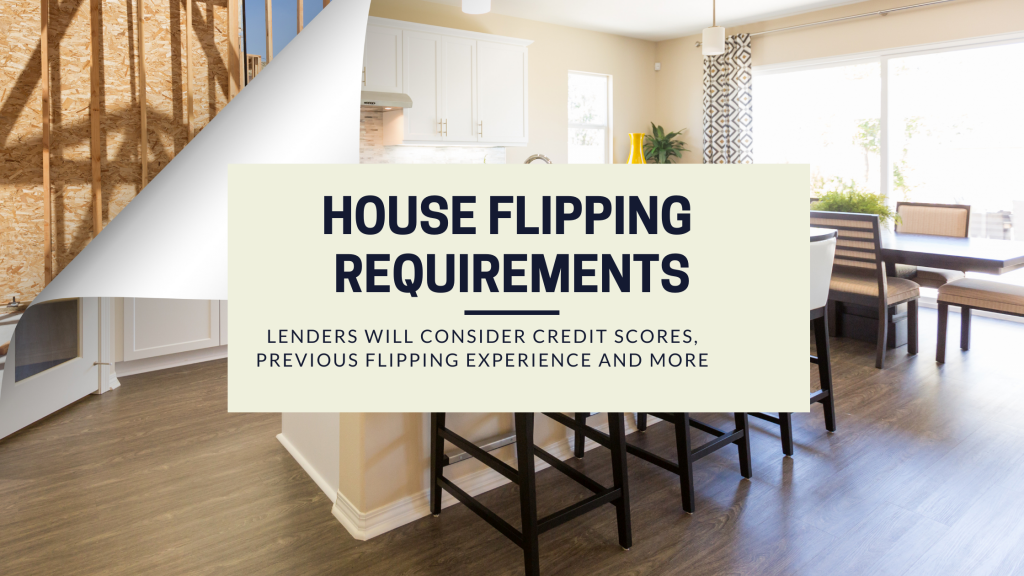
In this section, we’ll talk more about what the general requirements are for flipping houses and applying for financing.
The first key step is for the investor to have a good credit score. Unless they have the personal funds available to buy the home outright, they’ll need to approach a lender who will take a close look at their credit history. While they may still grant loans to investors with less-than-ideal credit scores, this factor might affect the terms of the loan and how much interest is charged. Getting better interest rates can save the investor over the long-term.
The next step would be to have some cash saved up for a down payment. It’s essential not to dip into credit for this payment, because if the property does not sell as quickly as expected it’s easy to get into financial trouble fast. Some lenders require up to 25% of the purchase price down before granting the rest of the funds, and it’s worth bearing in mind that the lenders specializing in flips typically have higher interest rates than traditional lenders like banks.
It’s a good idea for the investor to take their time when selecting the lender they want to work with. The chances are the investor will take on multiple flips throughout their career, and having a relationship with an established and reliable lender can lead to more beneficial loan terms in the future.
The last requirement has less to do with funding and more to do with other preparation. House flipping is an investment, but can also be a business. As with any business, it’s important to have plans and goals set out before getting started. Is the target single-family residential homes or commercial properties? There are questions that need to be answered first, and the only way to answer them is by doing research.
How To Pick A House To Flip
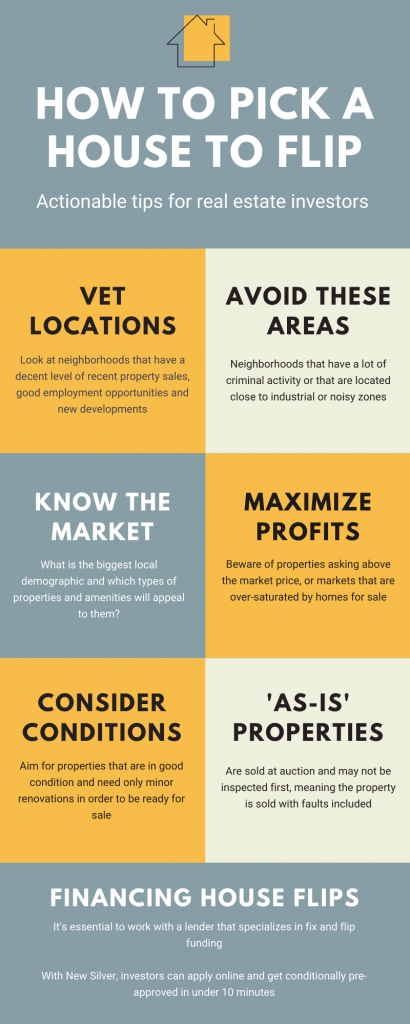
There are several things that go into a successful fix and flip project. Many investors get caught up in the renovation aspect alone, but even top-of-the-range upgrades won’t fool buyers if the neighborhood is bad.
The investor has the difficult task of looking at potential neighborhoods and vetting them based on how good they would be as a flipping location. The best way to do this is to take a thorough look at cities and local neighborhoods. Some house flipping investors even prefer to target areas familiar to them since they already have an idea of what the details for the area are.
When evaluating different neighborhoods, be sure to pay attention to characteristics like the level of recent property sales, employment, new developments, and other signs that the area is performing well. It’s best to avoid locations that have too many homes for sale at a time as this could be an indicator of a struggling economy or another reason why people are leaving the area.
Another important factor to consider is the safety and cleanliness of the neighborhood. Properties in or near areas known for criminal activity will be difficult to sell, and the same applies to locations that are near industrial zones.
At the same time, it’s also important to be wary of markets that have extremely low inventory and high demand. This sounds counterintuitive at first – isn’t that exactly what house flippers are hoping for? Let us explain. If the investor is forced to pay above the average market price for a property, it can have a radical effect on the net profits they make. If a market is showing these signs of over-investment, it may be better to look elsewhere in a more affordable location that offers similar demand.
It pays for the investor to know who the biggest demographics are in the neighborhood they are considering for investment. If there are many families, it will be imperative to make sure the neighborhood has good schools and colleges. Having these present can command higher asking prices than properties located in areas with mediocre schools. For younger individuals, buying into apartments in locations that are in close proximity to city centers and nightlife amenities will prove more fruitful.
And finally, the investor will need to carefully consider the condition of the home they are buying into.
Judging The Home Condition
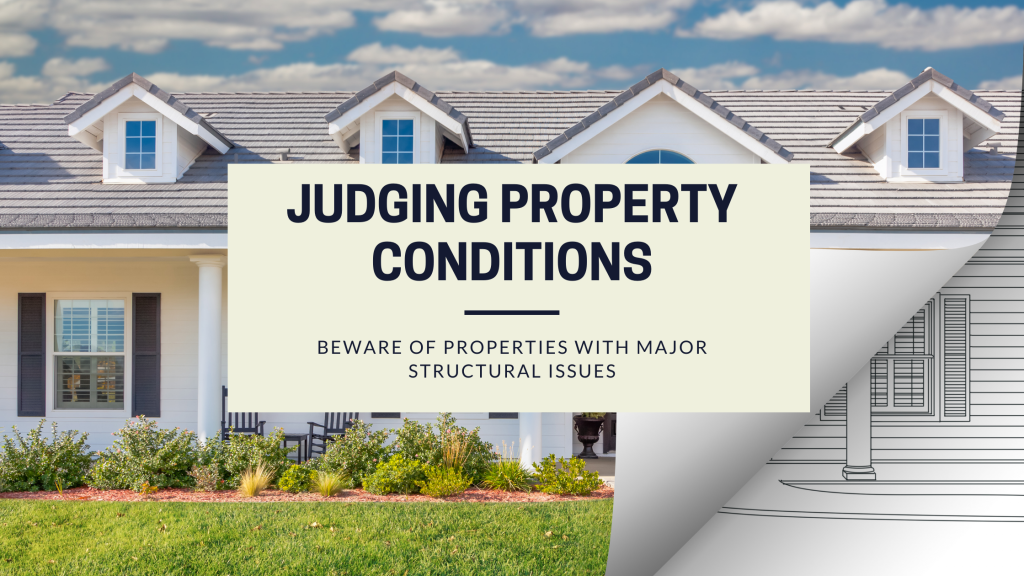
Home renovation makes up a large portion of a house flip and can be one of the most daunting processes the investor will have to face. There are many hidden risks and potential expenses outside of the planned budget that will pop up.
When looking at potential homes to flip, it’s important to take a close look at the condition. While some repair is a natural part of the house flip, there is such a thing as too much disrepair. To start with, t’s essential to look for properties that are structurally sound. For less experienced investors, it’s even more important that the structure and basics like electrics and plumbing are in good condition.
Even the most experienced house flippers can struggle to deal with issues like cracked foundations, so try to give homes with these issues a wide berth.
If the investor is interested in buying a foreclosed home to flip from an auction, they may not have the option to have the home professionally inspected and appraised beforehand. Properties sold at auction are often sold ‘as-is’, meaning the investor takes on all the defects the home comes with. It’s best for the investor to take a general contractor with them to these auctions, or to take the time to learn what to look out for before attending.
The best homes to flip are the ones that need only minor updates to be ready for sale. Fixing up cabinets, replacing old hardware, landscaping, and doing some painting will already go a long way towards improving the value of the home. What helps is to focus only on the renovations that will tangibly add to the property value, instead of adding upgrades that are considered to be personally attractive. Kitchens, bathrooms, and outdoor areas always rank highly with buyers.
The next big question is what should be avoided? Nasty surprises can pop up in older homes, from black mold to foundation damage, all of which can ruin the investment. Roof replacements, major electrical work, and other similar projects can take a lot of time and be extremely costly and ultimately affect the final asking price and profit.
Along with these faults, there is another thing that investors should take into consideration. Experts recommend that the ideal house flipping budget leaves up to 20% additional wiggle room to cover renovations since the rehab might not be as straightforward as originally planned for.
Another cost that needs to be factored into the renovation costs is the cost of getting building permits. Depending on the property, location, and type of work needed, these permits can run anywhere between a few hundred dollars and a few thousand dollars.
When deciding how to pick a house to flip, remember not to over-invest into renovations. While it is important to make the property appealing to buyers, there has to be a balance with profitability as well.
Tips For House Flipping
The asking price of a home can have a long-term impact on how well the property will sell and how much the investor will earn. Finding a home that is below value will have far-reaching implications for the better – the saying goes try to buy the worst house in the best neighborhood. Not only will the renovations improve the value of the property in that case, but so will the surrounding homes.
Part of finding the right house to flip is knowing how much home can be afforded. House flippers typically make use of the 70% rule here, which states that no more than 70% of the after repair value (ARV) of a property should be paid, subtracting the cost of repairs. This calculation helps investors to avoid overpaying for a property.
One of the best skills a house flipping investor can acquire is negotiation. Being able to negotiate a lower asking price is a good starting point, but this skill can go even further in bartering with contractors and other real estate service providers.
Knowing exactly how much to budget for every project is a process of trial and error that gets better with experience. Every property is unique, but with time the investor can more confidently estimate what needs to be done and how much it will cost them. Taking the time to research these costs will go a long way in helping the investor set a budget.
Final Thoughts
With all of the above in mind, knowing how to pick a house to flip becomes more clear. More experienced house flippers can have the project completed within as little as 90 days, keeping in mind that the longer the home is in the investor’s possession the higher the maintenance costs will be.
A lot of the success of a house flip comes down not only to choosing the right property in a good location, but also to sell it quickly when renovations have been completed. Some flippers prefer to work with a realtor to sell their property, but it is possible to sell it personally as well. This saves on the cost of contracting in a realtor, but without experience, it might be better to work with someone that has established connections.
While flipping houses poses some daunting challenges, the investor that makes smart moves and puts in the work can lead to good profits and pave the way for future investments. What matters most is doing the research, and using the right tools. FlipScout by New Silver can help investors find flip properties that offer the highest ROI.
FAQ
How do you pick a good house to flip?
There are several things the investor will need to look at. The location, property condition, neighborhood demographic, and many other characteristics will influence the suitability of a home for flipping.
What is the 70% rule in house flipping?
This investing rule suggests that when buying homes, the house flipper should spend no more than 70% of the after repair value of a home, without repair costs factored in.
How much profit should you make on flipping a house?
On average, investors earn just over $60,000 for house flips.
Can you really flip houses with no money?
While there are some lenders that grant up to 100% of the loan value, it’s suggested that the investor have some money set aside for a down payment.
